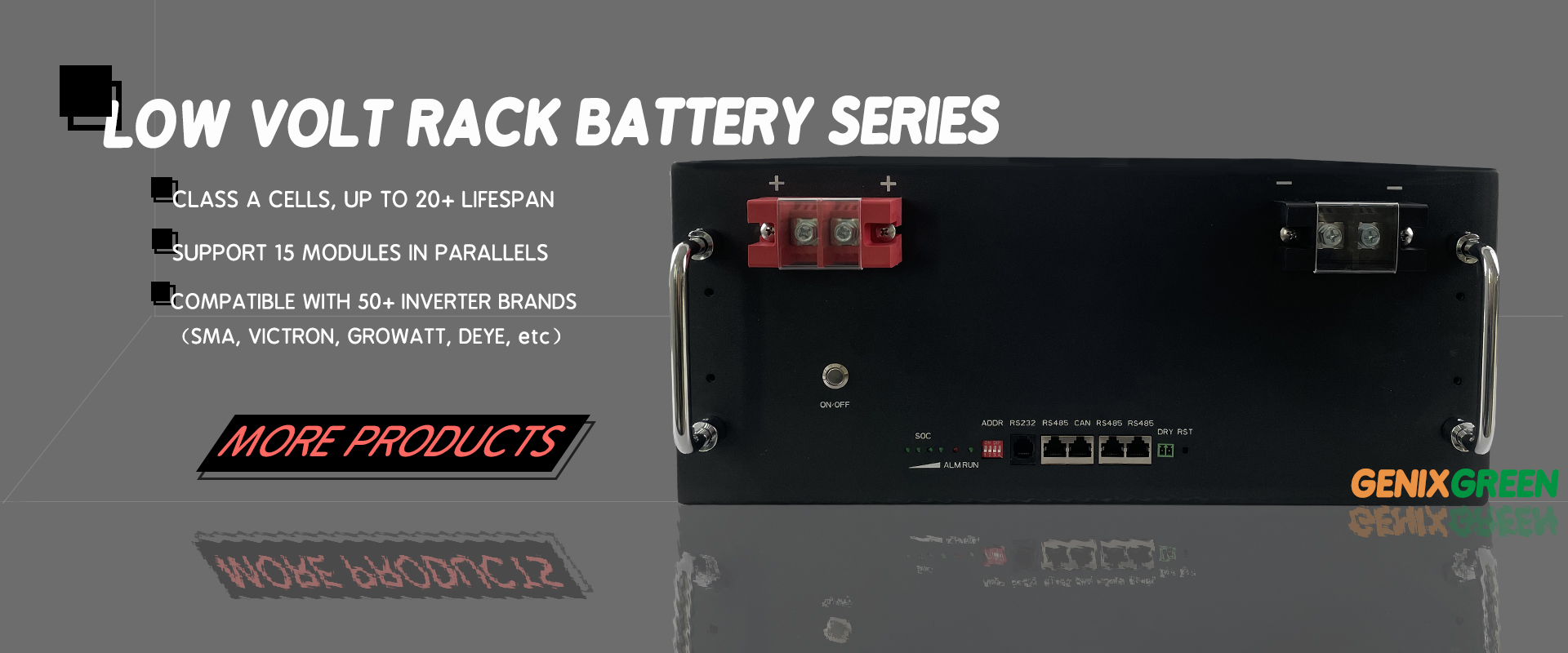
51.2V 100Ah Lifepo4 Energy Storage System Power Supply ESS Battery
Model: ESS-5120
Battery Type: LifePo4
Battery Voltage: 51.2V
Battery Capacity: 100Ah
Cycle Life: 3000~5000 times
Application: Home Energy Storage System
Communication inverter: Deye SMA, Victron, Grottwatt, UZ, Sola-X, Sinxcel, Sungrow etc.

Can you use NiMH chargers for Li-Ion batteries?
Although Li-Ion and NiMH batteries are two types of rechargeable batteries used in similar applications, their chemistries are completely different. Lithium-ion batteries provide nearly three times more power than nickel-metal hydride batteries. Lithium-ion batteries can also operate at higher voltages than NiMH batteries. However, due to the absence of active lithium, NiMH batteries are safer than Li-ion batteries in the event of overcharging.
Both Li-Ion and NiMH batteries require complex chargers. However, they all have different charging philosophies. Lithium-ion batteries have an internal circuit that monitors the charge rate and cuts power if a problem is detected. There are two identical Li-Ion batteries, which is why Li-Ion chargers offer a variety of variable voltages that accumulate changes for each battery.
NiMH chargers lack the safety features required by Li-Ion batteries. This is why chargers for NiMH batteries are different from those for Li-Ion batteries.
Using a NiMH battery charger to charge a Li-Ion battery is extremely dangerous.
Characteristics of NiMH and Li-Ion Batteries
NiMH batteries
NiMH batteries have lower capacity than Li-ion batteries. They do not have any memory effect. Their operating temperature is between -5 and 95 degrees Fahrenheit. Their life cycle is about 500 to 800 cycles. NiMH batteries are safer than lithium-ion batteries, especially if they are overheated and overcharged.
NiMH batteries are more environmentally friendly than NiCd batteries.
Lithium Ion Battery
Unlike conventional batteries, lithium-ion batteries have built-in electronic controls. These controllers regulate how the battery is charged and discharged. These controllers prevent overcharging and overheating that can cause lithium-ion batteries to explode under certain conditions.
During the charging and discharging of lithium-ion batteries, the flow of electrons is opposite to the direction of movement of ions around the external circuit. It is important to note that electrons do not flow through the electrolyte itself. The electrolyte is actually an insulating barrier, it does not affect the movement of electrons.
The movement of ions in the electrolyte and the movement of electrons in opposite directions in the external circuit are two interrelated processes. If either of these movements stops the other also stops. When the battery is fully discharged and the ions stop moving in the electrolyte, the electrons stop moving in the outer circuit at the same time. That's why your device loses power.
Lithium-ion battery-powered devices have large discharge rates when turned on; however, discharges occur even when the device is powered off. This is a disadvantage of lithium-ion batteries.




























